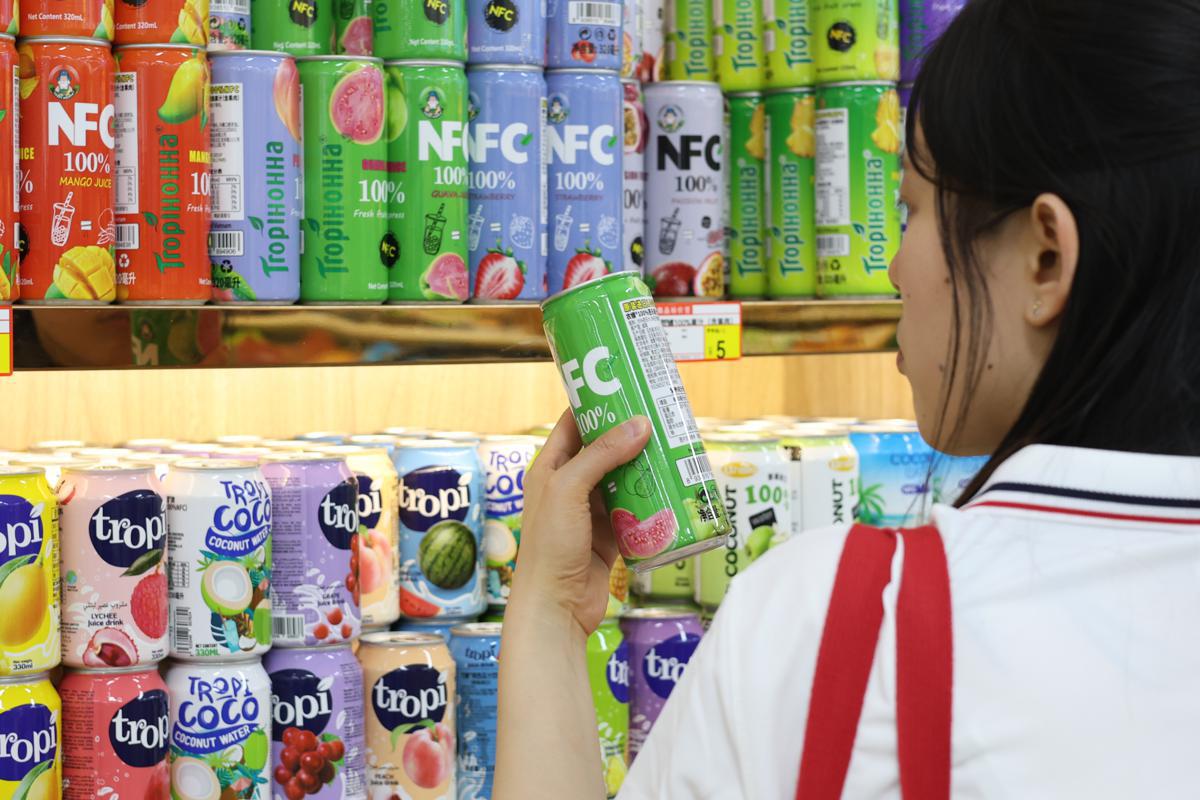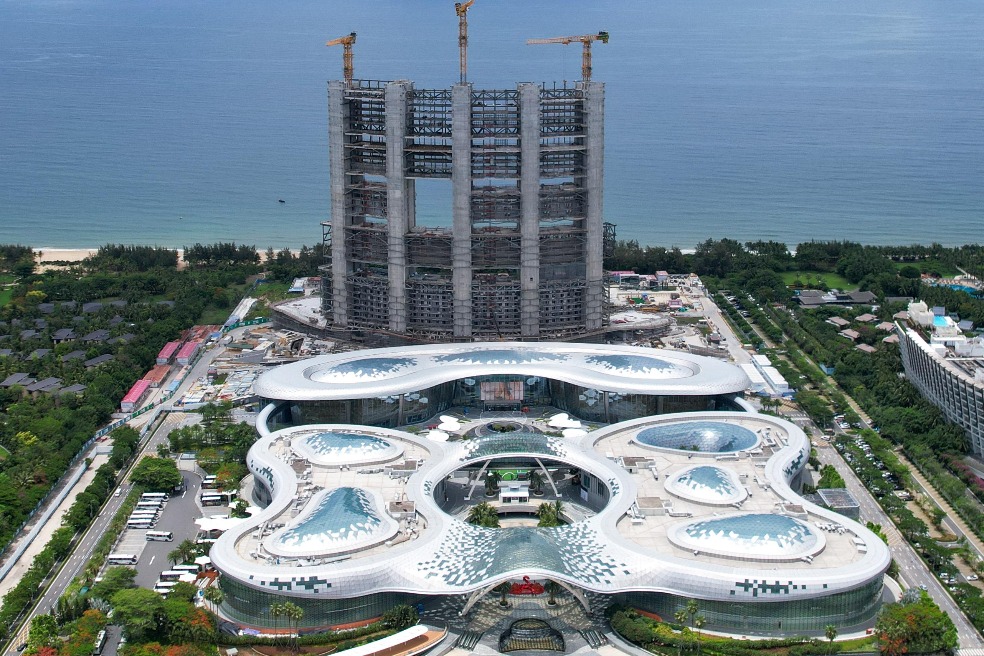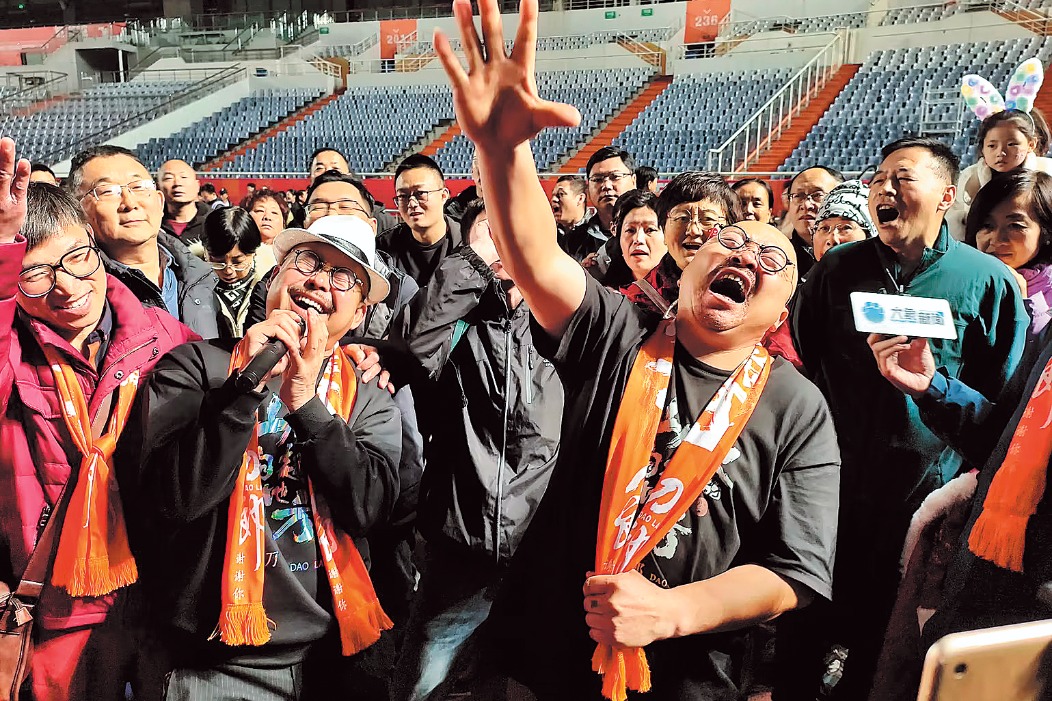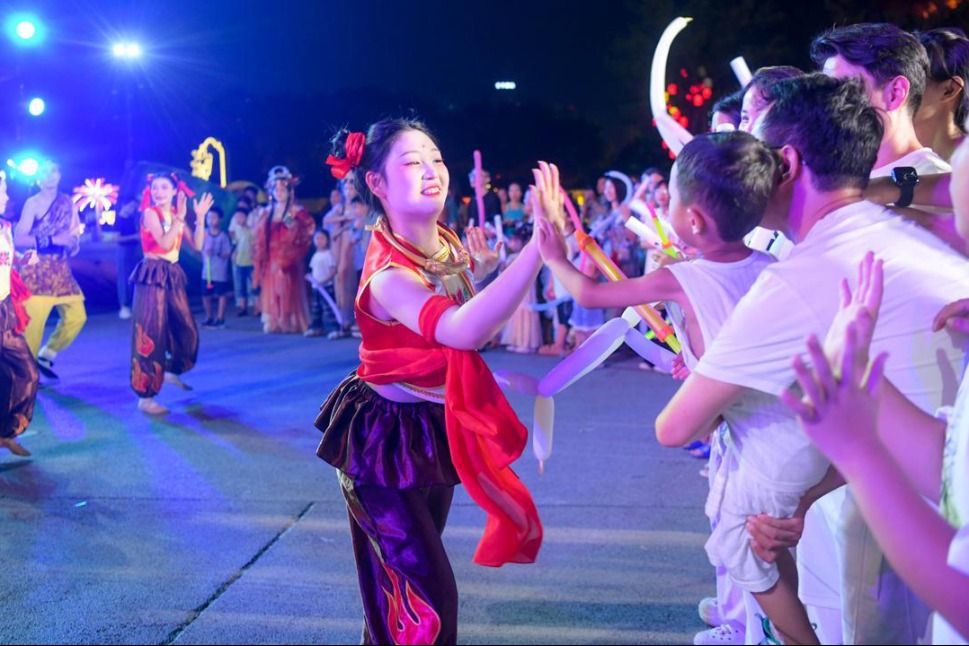Heilongjiang border cities embrace e-commerce boom


Cities on the Russian border of Northeast China's Heilongjiang province are being renewed in the digital age. Over the past 50 years, the Sino-Russian border city of Suifenhe has witnessed significant changes in cross-border business, thanks in part to booming e-commerce livestreams.
In the 1980s, Suifenhe pioneered what became known as "watermelon diplomacy", an informal goodwill exchange that helped ease tensions with the Soviet Union and kick-start cross-border cooperation.
Since then, the city has continued to embrace openness. In 2019, Suifenhe became a part of the China (Heilongjiang) Pilot Free Trade Zone.
In 2020, it was approved as a comprehensive cross-border e-commerce pilot zone.
Official data shows that Suifenhe now hosts 1,340 brick-and-mortar stores selling Russian goods and over 7,000 online vendors.
In 2024, online retail sales surpassed 1.5 billion yuan ($209 million), and more than 16 million parcels were shipped.
In Heihe, just 700 meters across the Heilong River from Russia's Blagoveshchensk, trade and exchanges between the two cities have also grown significantly.
Xin Ying, a representative of the Heihe-based supermarket Epinduo, witnessed the upgrade of border trade. The market specializes in Russian goods, ranging from food products to daily necessities.
"Ten years ago, we usually handled 40 to 50 truckloads of goods daily at the port," she said. "Now, we manage a business that seamlessly integrates online and offline sales."
"Consumers pay more attention to the shopping experience, often chatting with us while placing orders," she said.
In the first half of 2025, Heihe's "9610" cross-border e-commerce export model, referring to China's customs code for direct-to-consumer (DTC) parcel shipments, processed 29.6 million outbound parcels, with a year-on-year increase of 4,824.3 percent.
The total weight reached 4,302 metric tons, a year-on-year increase of 482 percent. The export value rose to 2.38 billion yuan, marking a year-on-year increase of 1,552.8 percent.
Xie Dan and Gao Ziming contributed to the story.























